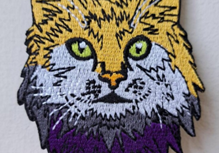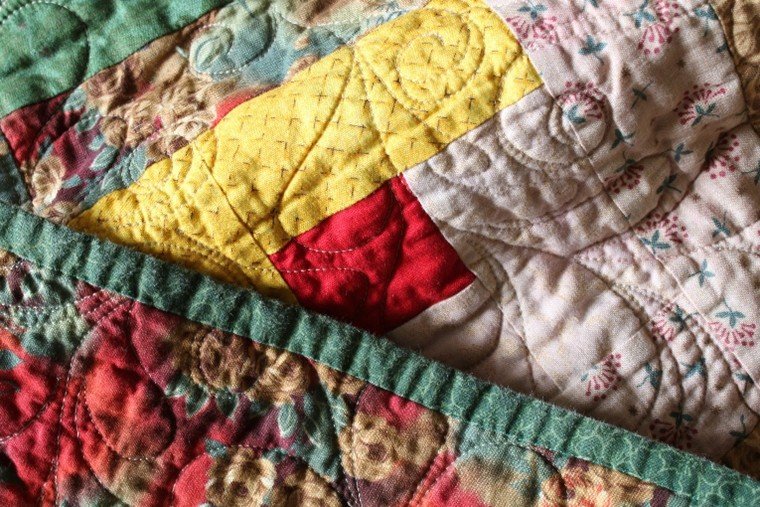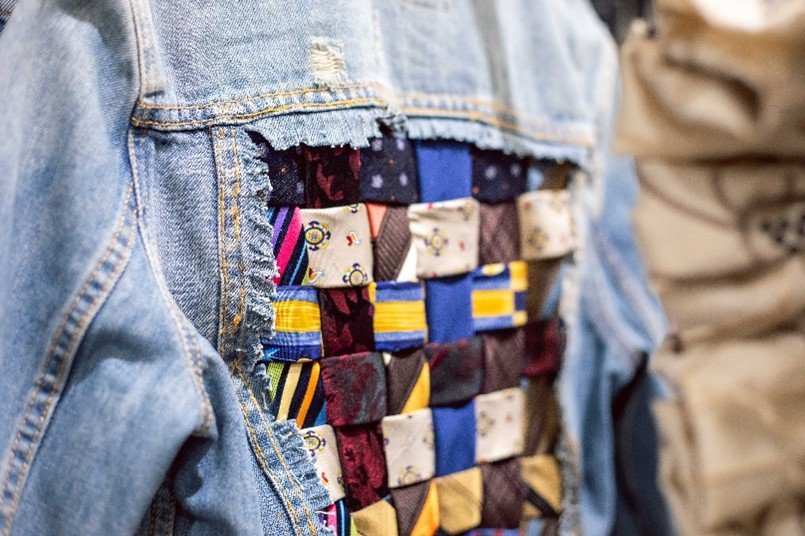

How to iron on patches: A step-by-step guide
It's no secret that repairing helps to extend the life of clothing. But if you don’t have the sewing skills or the time, iron-on patches offer a fun way to update clothing, as well as a quick way to cover unwanted holes. They can add personality to your garments or provide a unique mark to identify items such as luggage – fabulous and functional!
Repairing and reviving damaged or unloved items helps support circular fashion and turns something old into something new. Our 550+ high-street shops and online shop have plenty of unique upcycled pieces to purchase amongst pre-loved donations.
So, what are iron-on patches?
How to apply iron-on patches
Can you use hair straighteners to apply your iron on patch?
What if my patch doesn’t stick properly?
Photo credit: Karly Santiago

More ways to update your clothing through upcycling
Photo credit: K. Adams

5 more ways to give your clothes a new life
Photo credit: Natalie Argent

Explore the Oxfam Online Shop for inspiration
More posts like this

– Discover creative and sustainable ideas to help you clear out your wardrobe and give your clothes a new purpose.

– Learn this eco-friendly mending technique to save money and reduce waste.

– Discover 20 easy upcycling clothes ideas to transform your wardrobe while helping to protect our planet.